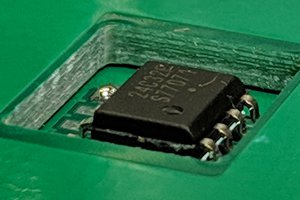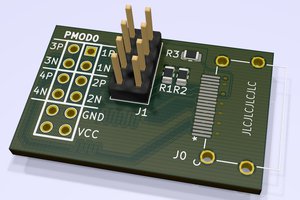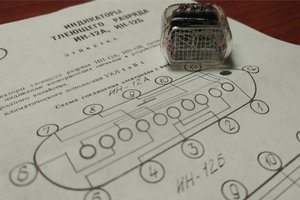The PCB pattern is of Vince's 32008 board.
PCB size: 9.6" x 5.9"
I don't have the circuit for this, or full component list, and many components do not have silk-screen identifiers. Which will make things harder work.
I believe the circuit resembles the example circuit in the databook, which I shall have to find.
 Keith
Keith

 Benchoff
Benchoff

 ho june
ho june
 PCB designer
PCB designer